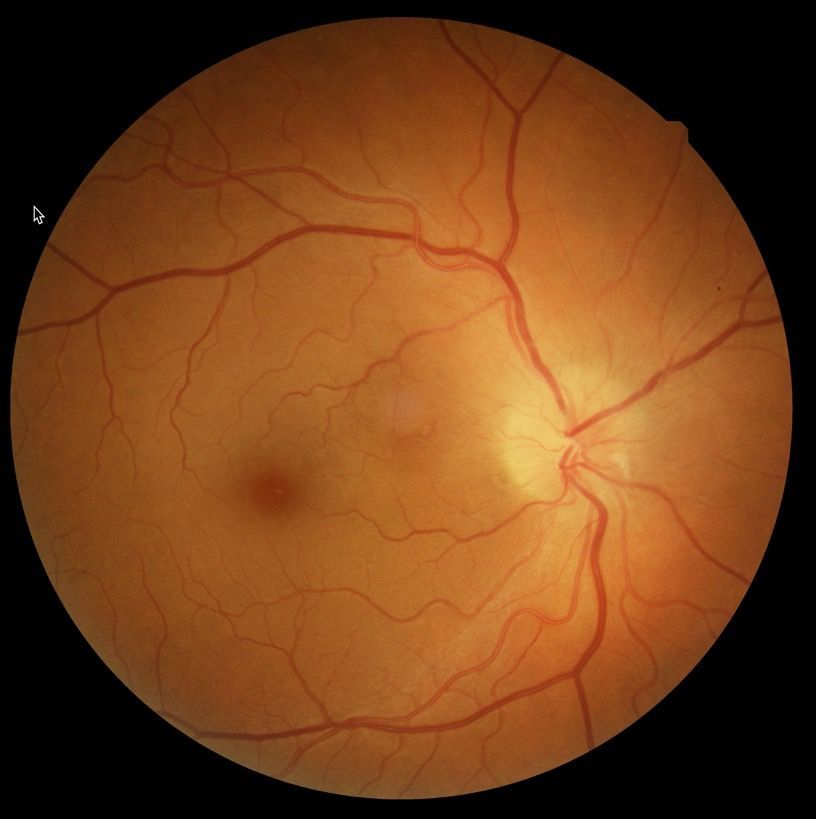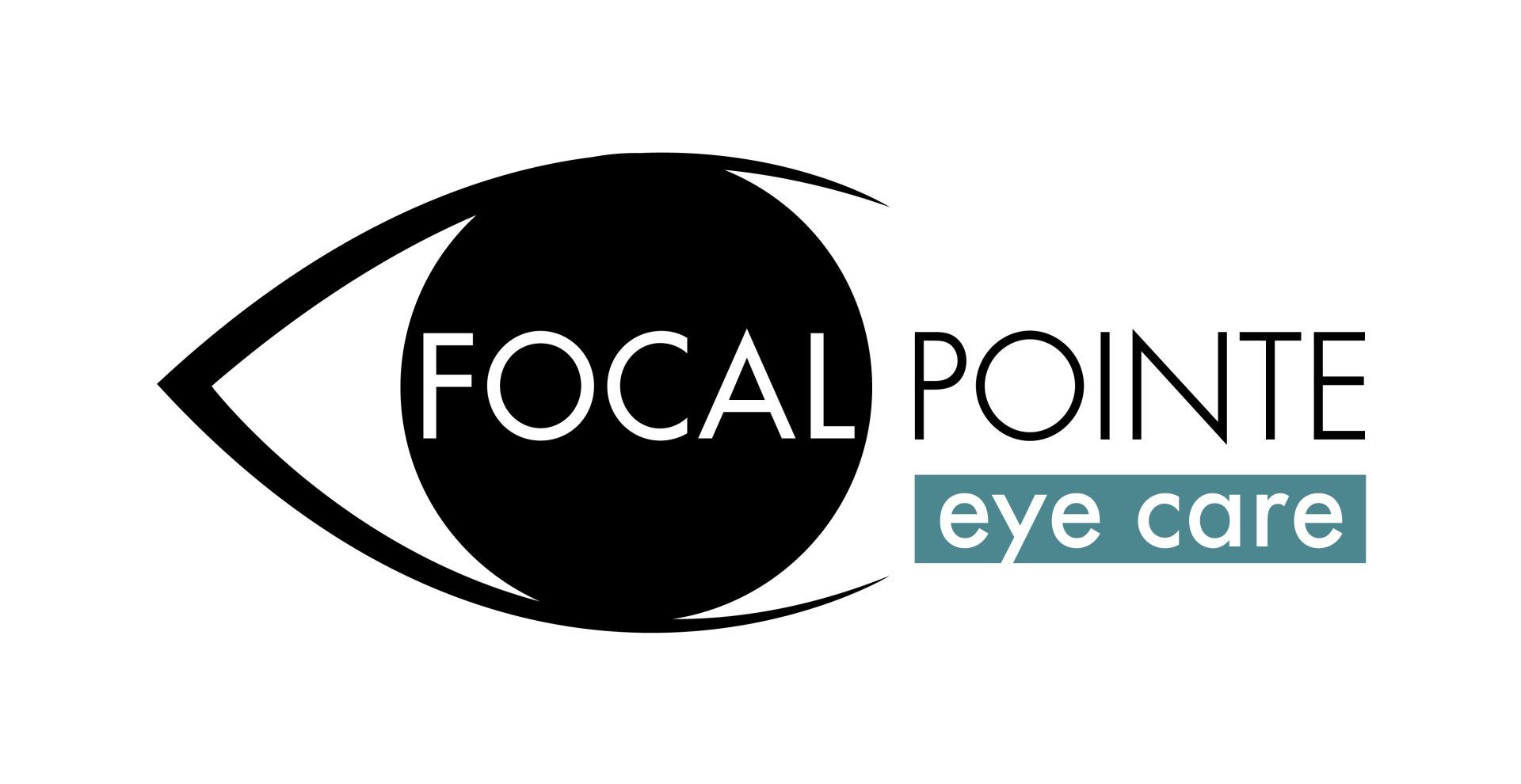Sudden, Painless Vision Loss: What You Need to Know About Ischemic Optic Neuropathy
Imagine waking up one morning and noticing a sudden change in your vision—perhaps a dark shadow in your field of view or significant blurriness. If this vision loss occurs without pain, it could be a sign of ischemic optic neuropathy (ION)—a rare but serious eye disease caused by poor blood flow to the optic nerve.
What is Ischemic Optic Neuropathy?
The optic nerve is responsible for transmitting visual signals from the eyes to the brain. If it does not receive enough oxygen due to a disruption in blood flow, it can lead to irreversible vision loss. This is called an ischemic event, similar to what occurs in a stroke but affecting the optic nerve instead of the brain.
There are two types of ischemic optic neuropathy, each with different causes, risk factors, and symptoms.
Non-Arteritic Ischemic Optic Neuropathy (NAION)
NAION is the most common form of ischemic optic neuropathy. It typically affects adults between 40 and 60 years old and usually impacts only one eye.
Causes of NAION
The exact cause of NAION is not always clear, but it has been linked to several underlying conditions, including:
- Diabetes
- High blood pressure (hypertension)
- High cholesterol
- Anemia
- Sleep apnea
Additionally, individuals with a “disc at risk”—a small, crowded optic nerve structure—are more vulnerable. In these cases, the blood vessels supplying the nerve are more easily compressed, reducing blood flow.
Symptoms of NAION
- Sudden vision loss in one eye
- Loss of peripheral (side) vision, often in the upper or lower half
- Blurry or dim central vision
Unlike other eye diseases, NAION does not cause pain. Once vision loss occurs, the condition usually stabilizes, but in about 35 percent of cases, it progressively worsens. Some patients, however, experience slight vision improvement over several months.
Treatment for NAION
There is no cure for vision loss caused by NAION. However, managing underlying conditions like high blood pressure and sleep apnea may reduce the risk of further vision loss. A comprehensive medical evaluation, including blood work and sleep studies, is essential for identifying potential causes.
Arteritic Ischemic Optic Neuropathy (AION)
AION is a more severe and urgent form of ischemic optic neuropathy. It is linked to Giant Cell Arteritis (GCA)—a systemic inflammatory disease that causes swelling in the arteries and severely restricts blood flow.
Who is at Risk for AION?
AION primarily affects adults over 55 years old and typically starts in one eye. If untreated, it can affect both eyes within a few days to a week.
Symptoms of AION and Giant Cell Arteritis
- Severe vision loss, often worse than in NAION
- Headache
- Pain while chewing
- Scalp tenderness, especially near the temples
- Unexplained weight loss, muscle or joint pain, or fever
Since AION is caused by inflammation, immediate medical intervention is critical.
Diagnosis and Treatment of AION
If AION is suspected, blood tests—including ESR (erythrocyte sedimentation rate), CRP (C-reactive protein), and platelet count—are ordered. A temporal artery biopsy may also be necessary to confirm Giant Cell Arteritis.
Unlike NAION, AION can be prevented from progressing. If GCA is diagnosed, high-dose steroids must be started immediately to reduce inflammation and prevent blindness in the other eye.
Diagnosing Ischemic Optic Neuropathy
A comprehensive eye exam is essential for detecting signs of ischemic optic neuropathy. An eye doctor will look for optic nerve swelling and potential bleeding, which can help distinguish between NAION and AION.
Diagnostic tests include:
- Retinal photography and Optical Coherence Tomography (OCT) to assess optic nerve swelling
- Visual field testing to measure changes in peripheral vision
- Blood work and imaging to identify underlying causes, particularly in suspected AION

Managing Vision Loss from Ischemic Optic Neuropathy
While lost vision cannot be restored, there are vision aids and lifestyle adjustments that can help individuals maintain independence.
- Magnifiers and assistive devices can improve reading ability
- Low-vision specialists can offer guidance on adapting daily activities
- Managing risk factors such as blood pressure, diabetes, and cholesterol may reduce the chances of further vision loss
If you or a loved one experiences sudden, painless vision loss, it is essential to seek immediate medical attention. Early detection and proper management can prevent further complications and help protect remaining vision.
Concerned About Vision Changes? We Can Help.
Regular eye health examinations are essential for catching vision-threatening conditions early. At Focal Pointe Eye Care, our team is dedicated to providing expert care and advanced diagnostic technology to safeguard your sight.
If you notice sudden vision loss, do not wait—schedule an urgent eye exam today.
About the Author
Dr. Megan Fisher is an optometrist with Focal Pointe Eye Care in West Chester, Ohio, dedicated to providing comprehensive eye care for individuals and families.

